While Emirates' passenger fleet now consists only of the A380, B777-300ER, and B777-200LR, it has operated an array of other widebody types. These include the A340-500, introduced between 2003 and 2005 and withdrawn in 2016 after a final rotation to Kabul, Afghanistan. The last aircraft to leave was A6-ERE, now stored at Teruel, Spain.
Emirates' A340-500s
Emirates had 10 A340-500s in all (IATA code: 345), each with 258 seats. These were spread across 204 seats in economy (with a decent 33" pitch), 42 in business, and 12 in first class. Between 2004 and 2016, the 345 had 17.8 million round-trip seats or just 3.1% of Emirates' total capacity in that period, analyzing OAG schedules data indicates.
Stay aware: Sign up for my weekly new routes newsletter.
The year of the A340-500's full retirement, 2016, was also crucial as the A340-300, A330-200, and B777-200 were also withdrawn that year. This meant that Emirates' fleet reduced from eight types to four, with the non-Extended Range B777-300s leaving two years later. This resulted in the three types now in use. In May, we examined the growing relationship between Emirates and flydubai, primarily because of the latter's narrowbodies and what they enable.
Auckland was number-one for the type
If 2004-2016 is combined, the top destination for Emirates' A340-500s was Auckland, a route served by the quadjet for many years until 2011. However, while it would have been an ultra-long-haul (ULH) route if it were served non-stop, it was always via Australia: Sydney, Melbourne, or Brisbane. It wasn't until 2016 that Dubai-Auckland became non-stop, operated by the A380 and B777-200LR.
- Auckland
- Melbourne
- Seychelles
- Zurich
- Sydney
- New York JFK
- Osaka Kansai
- Christchurch
- Beirut
- Perth
- Entebbe
- Dar Es Salaam
- Nairobi
- Vienna
- Moscow Domodedovo
The A340-500 was a very niche aircraft
The A340-500 entered commercial service 18 years ago in 2003. The purpose was clear and logical: to have the longest flight envelope of any widebody commercial aircraft. Its four engines were key too: they meant it was exempt from restrictive ETOPS legislation.
This all meant one thing: new ULH routes could be operated non-stop. Singapore Airlines led the way, with ULH services between Singapore and Los Angeles and Singapore to Newark in 2004. The latter route is some 9,534 miles. In contrast, Emirates' longest non-stop 345 route was Dubai-Sydney, at 7,480 miles, although its average route was almost half: 3,837 miles.

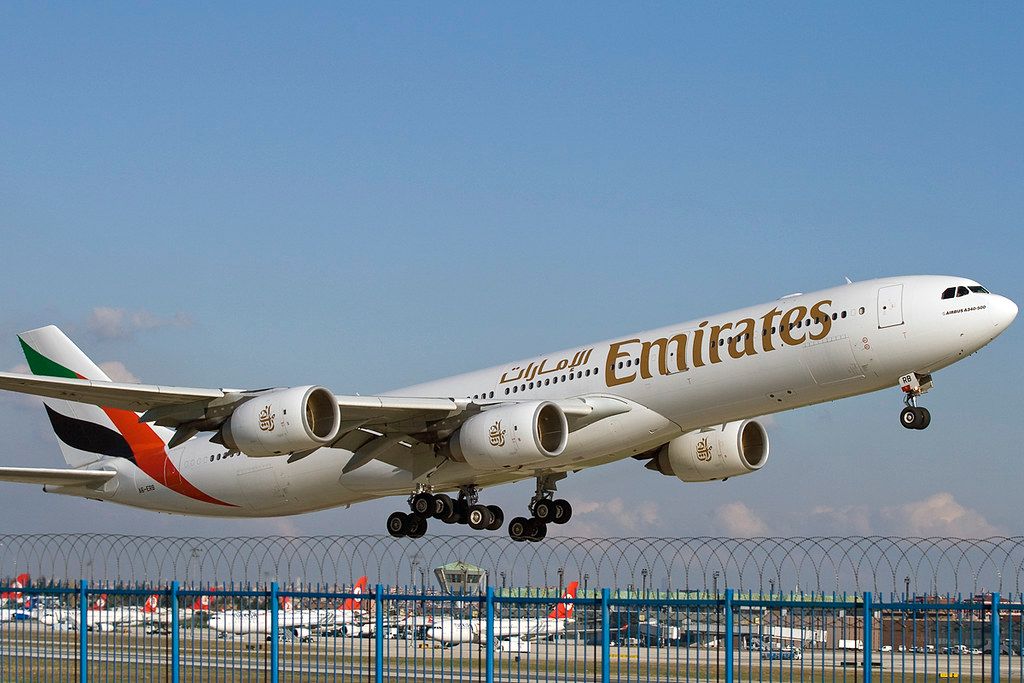
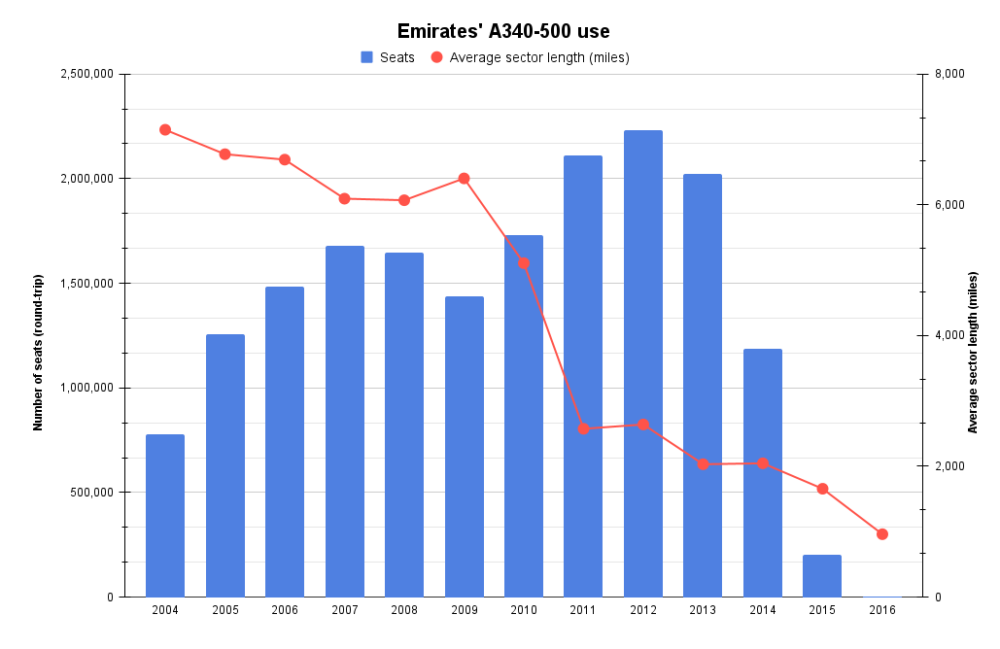
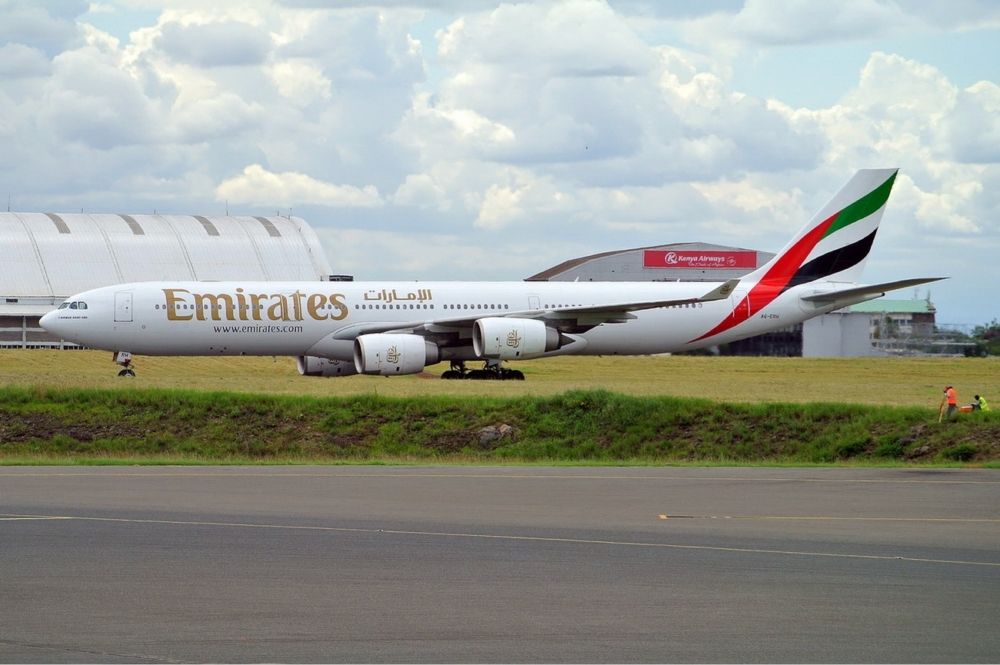
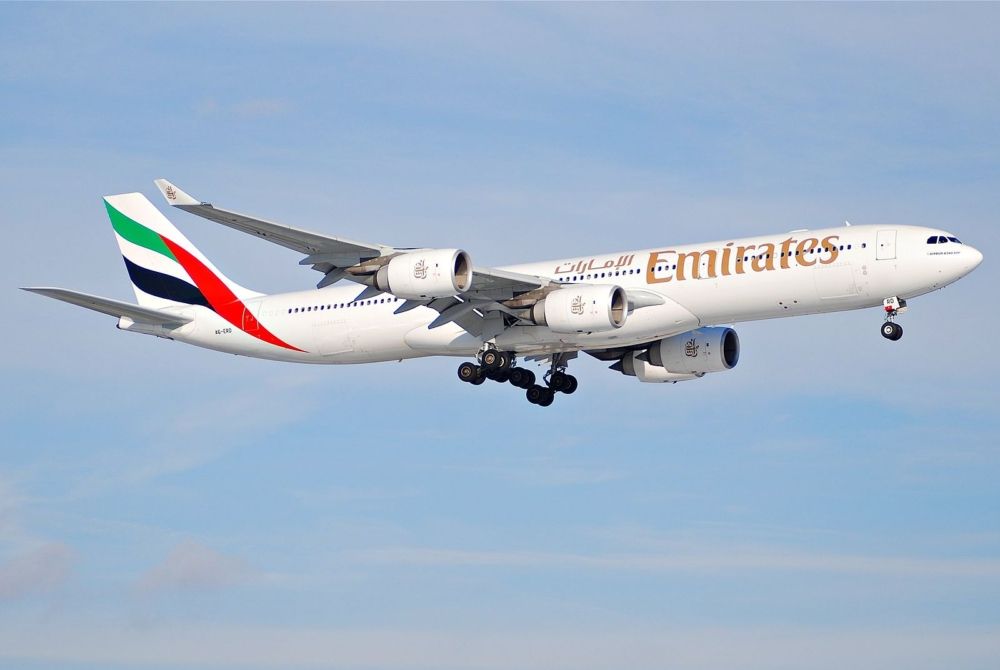
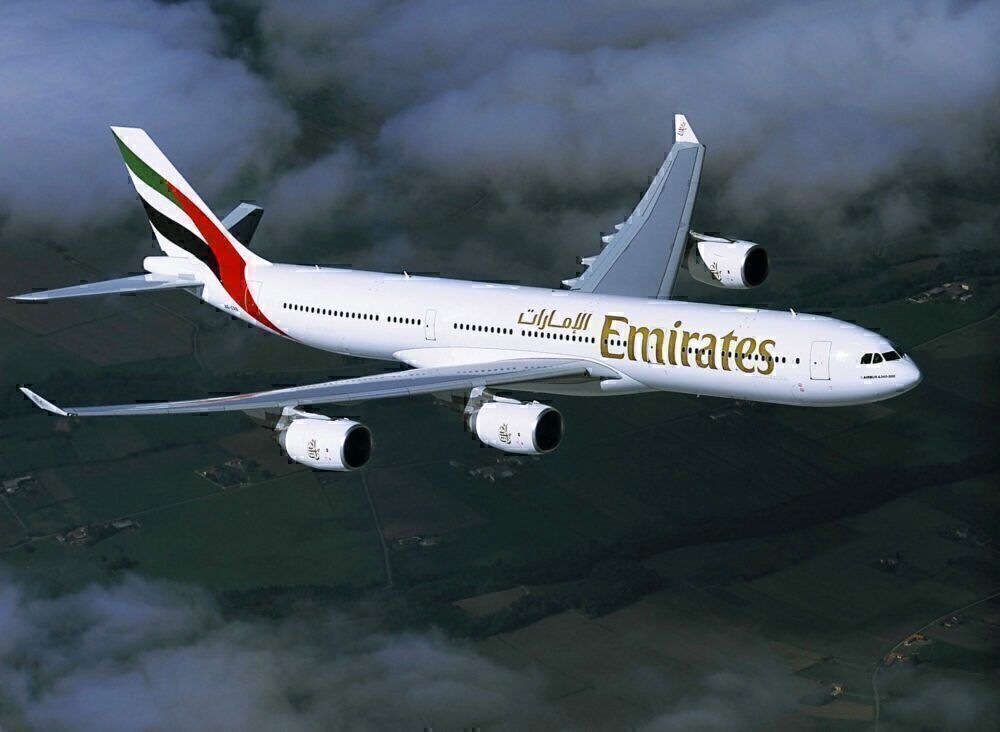 Then a more cost-efficient and ULH twin – the B777-200LR – came about, effectively ending the A340-500 program for commercial airlines. Its aircraft's role since then became even more niche or even more mainstream and sub-optimal, depending on how you look at it.
And now, in August 2021, Azerbaijan Airlines is primarily using the sole active passenger A340-500 on the 1,224-mile link from Baku to the Turkish tourist resort of Bodrum.
Did you fly Emirates' A340-500? If so, share your memories in the comments.
Then a more cost-efficient and ULH twin – the B777-200LR – came about, effectively ending the A340-500 program for commercial airlines. Its aircraft's role since then became even more niche or even more mainstream and sub-optimal, depending on how you look at it.
And now, in August 2021, Azerbaijan Airlines is primarily using the sole active passenger A340-500 on the 1,224-mile link from Baku to the Turkish tourist resort of Bodrum.
Did you fly Emirates' A340-500? If so, share your memories in the comments.